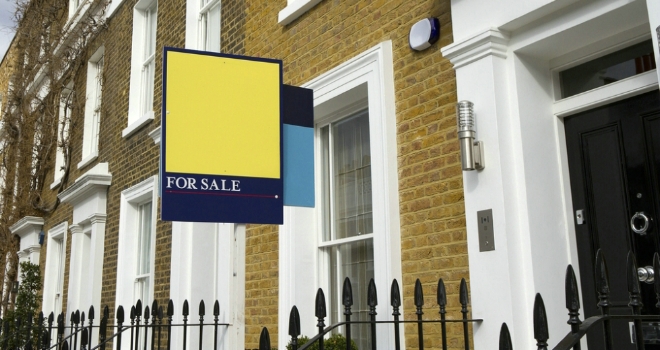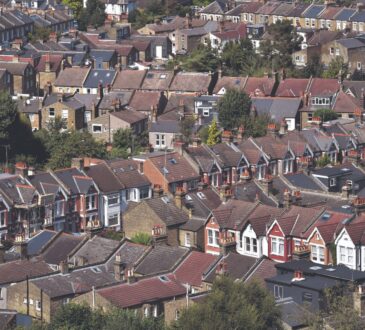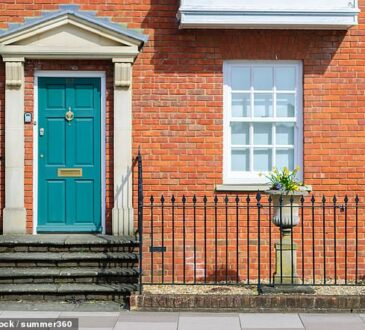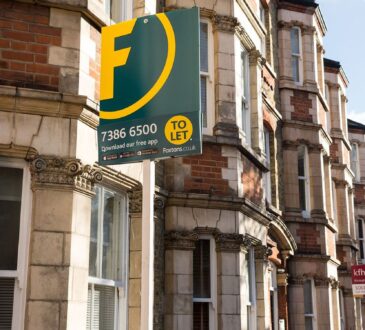
“After a long-awaited cut in the base rate by The Bank of England, the stage has been set for a season of stable growth, and we are already seeing the dividends in today’s data. “
– Paul Glynn, CEO at Air,
UK house prices increased by 2.7% to £288,000 in the 12 months to June, the fourth consecutive month with an annual increase in prices, according to the latest UK House Price Index from the Land Registry.
Annual inflation was little changed from the revised estimate of 2.7% in the 12 months to May.
Average house prices in the 12 months to June increased by 2.4% in England, 1.8% in Wales, 4.3% in Scotland, and 6.4% in Northern Ireland.
By region, Yorkshire and The Humber saw the biggest increase in prices, up by 2.7% month-on-month and 4.7% on an annual basis. London saw the lowest annual growth at 0.6%.
On a non-seasonally adjusted basis, average UK house prices increased by 0.5% between May and June, little changed from the same period 12 months ago.
Paul Glynn, CEO at Air, commented: “We are in the centre of a mortgage price war, and the heated competition is stoking the housing market. After a long-awaited cut in the base rate by The Bank of England, the stage has been set for a season of stable growth, and we are already seeing the dividends in today’s data. Lenders are being swift and reactive in response, with provisions of five-year fixed rates dropping below 4% which will inevitably continue to spur proactivity among first-time buyers and the wider market alike. This data marks four consecutive increases of house price growth, leaving no doubt that the turbulence of 2023 is finally in the rearview mirror.”
Ben Nichols, interim managing director at RAW Capital Partners, added: “We always have to take the ONS’s house price index with a pinch of salt, considering it lags two months behind the rest of the market. However, we can draw some positives from today’s figures, which underline that the market has performed solidly in the first half of 2024 despite ongoing economic challenges and the uncertainty created by the general election.
“But, in truth, it is the next three or four months that will be the most telling. With the Bank of England cutting rates last month and the new Labour government receiving a strong mandate to increase housebuilding and drive economic growth, the stage has been set for an uptick in market activity and potentially in house prices once the usual summer lull passes. Indeed, previously hesitant investors and homebuyers are likely preparing to re-enter the market, so we are expecting a surge in buyer and investor demand towards the end of summer and into the autumn.
“However, we have also seen this morning that there has been an uptick in inflation, which could delay any further rate cuts from the Bank of England. Therefore, for any surge in activity to occur, it’s crucial that brokers and their clients are provided with the tools they need to confidently execute their investment plans. So, lenders must continue to commit to offering a wide range of bespoke and flexible financial products to support the property market’s continued recovery.”




